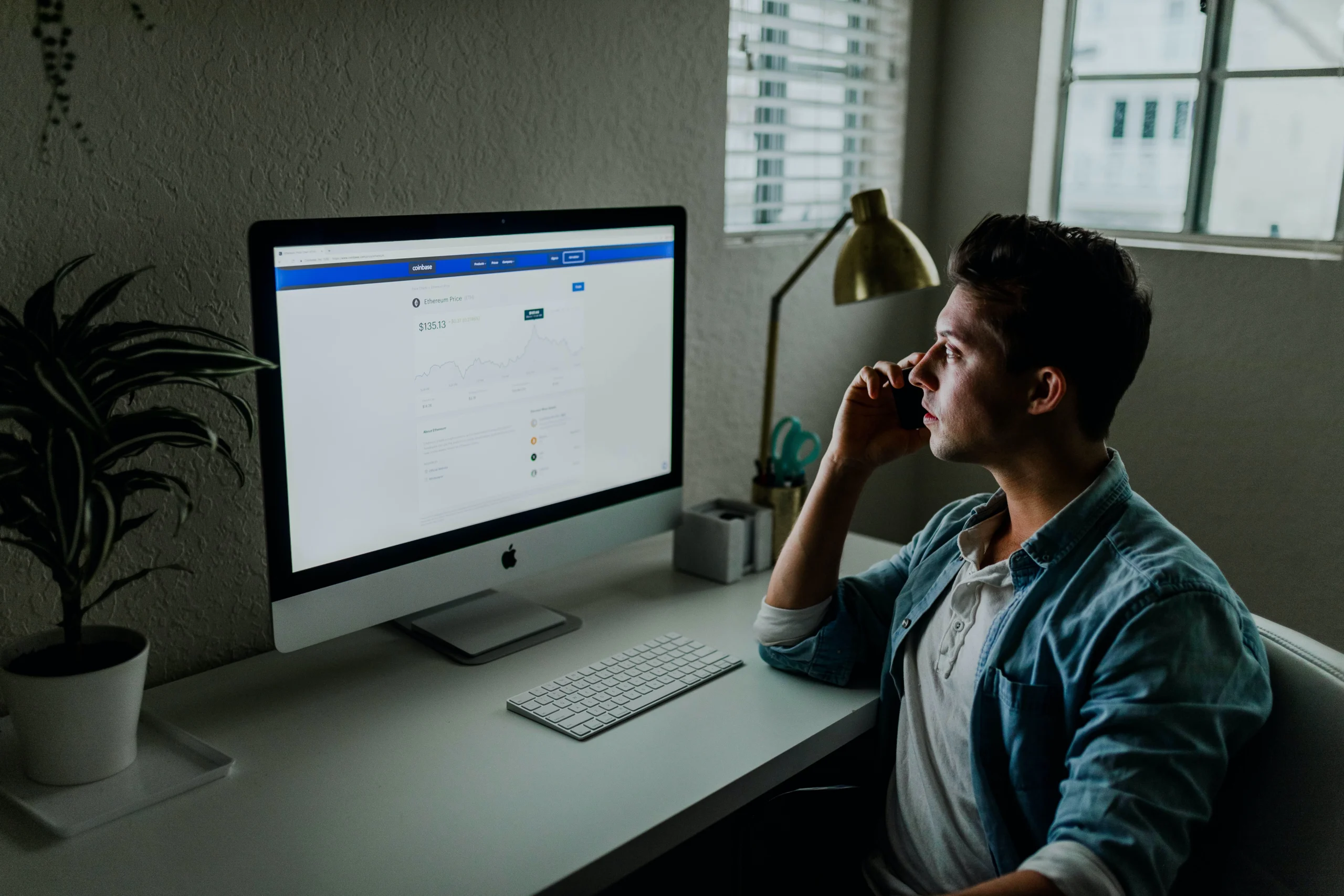Table of Contents
Introduction
In today’s fast-paced world, having a fast-loading ecommerce website is crucial for businesses to provide a seamless customer experience. One of the main causes of slow websites is large, under-optimized images. While image quality is important, the real secret to building a successful online store lies in image optimization. Learn how to optimize images to reduce site load times, enhance your brand, and attract more shoppers from Google images.
What is image optimization?
Image optimization is the process of reducing the file size of images without compromising their quality, in order to maintain low page load times. It also involves image SEO, which focuses on ranking banner and product images highly on search engines like Google. The goal of image optimization is to create high-quality images with the lowest file size possible.
Why do we optimize images?
Unoptimized images can significantly slow down web pages. On average, unoptimized images make up a majority of the overall page size. This can have a negative impact on website performance, resulting in longer load times and a higher bounce rate. Image optimization helps to lower the weight of webpages, resulting in faster load times and a better browsing experience for shoppers.
How to optimize images for the web
Here are some techniques for optimizing images:
-
Reduce image size: Use image editing tools to compress and reduce the image size without compromising quality.
-
Choose the right file format: Select the appropriate file format for images. JPEG is the standard format for web images, GIF is best for simple images or animations, and PNG is suitable for images with transparency.
-
Optimize alt attributes: Fill out the alt attribute for each product image with relevant keywords to improve search engine rankings.
-
Use descriptive file names: Rename image files with relevant keywords to improve image SEO.
-
Compress images: Utilize image compression tools to reduce file sizes without sacrificing quality.
-
Use content delivery networks (CDNs): Host your images on CDNs to improve page load speeds and solve bandwidth issues.
Image optimization tools
Here are some image optimization tools and plugins you can use:
-
AVADA Image Optimizer: This Shopify app automates image optimization with one click and offers features like bulk optimization and restoration of original images.
-
TinyIMG: A popular image optimization tool for Shopify that automatically optimizes and uploads images to your store.
-
TinyPNG: A web-based image optimization tool that uses smart lossy compression techniques to reduce file sizes for JPEG and PNG images.
Keep photos functional with image optimization
Decorative images like background images, buttons, and borders can slow down webpage load times if their file sizes are too large. To ensure optimal performance, check the file sizes of your decorative images and use templates that minimize file sizes. Consider techniques like removing unnecessary parts of background images and using smaller images on your webpage with the option to view larger versions separately.
Image optimization FAQs
-
What is the ideal file size for an optimized image?
A good rule of thumb for ecommerce images is to keep the file size below 70 kilobytes. -
How can image optimization improve website performance?
By reducing file sizes, image optimization significantly improves page load times, leading to a better browsing experience for shoppers and higher search engine rankings. -
Can image optimization help with SEO?
Yes, optimizing alt attributes and using relevant keywords in image file names can improve search engine rankings and increase the visibility of your images in Google image search results.
Conclusion
Image optimization is a crucial aspect of building a successful online store. By reducing file sizes and implementing image SEO strategies, you can enhance website performance, improve search engine rankings, and attract more shoppers. Utilize image optimization tools and plugins to simplify the process and ensure that your images look flawless on desktop and mobile devices.
